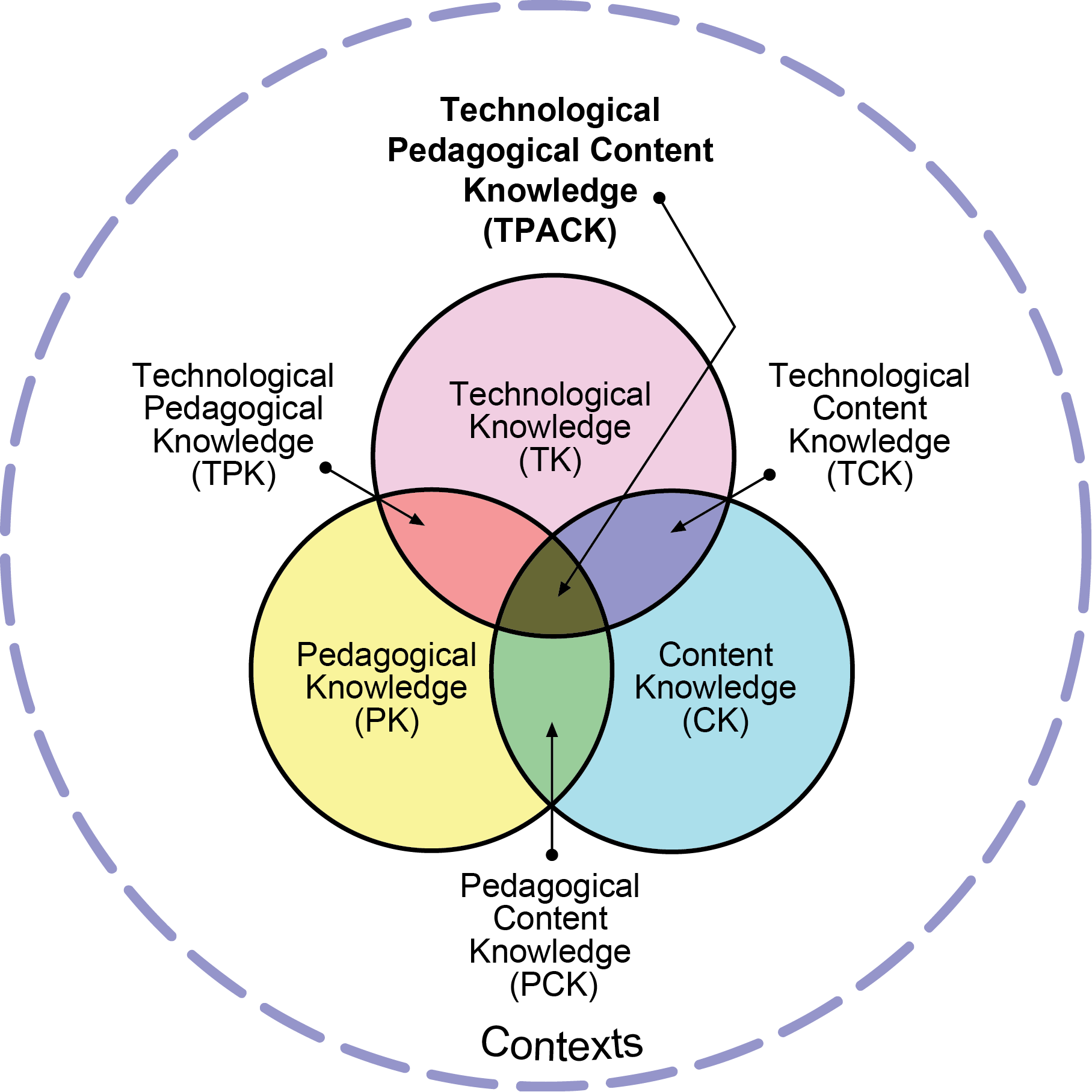PD Session Summary: PBL Workshop Summary
I wrote this summary to help me remember some of the details of this PD session. I tried to include as much detail as possible.
Professional Development Session on Problem Based Learning
February 17th, 2015.
Presentation was given by Dr. Wendy Newstetter from Biomedical Engineering at Georgia Tech. It really wasn’t like so many of the other presentations I have gone to here – it was actually interesting and engaging. Dr. Wendy started by getting some volunteers and demonstrating a very brief PBL session as it would be run in her freshman Biomedical Engineering course.
She first defined a problem as a “felt need” or something that requires a solution. She then gave her “students” what she called an “ill-defined” problem dealing with obesity and type 2 diabetes/heart disease, which asked them to create a mathematical model that simulates ways of achieving 10% weight loss and to use it to evaluate any proposed solutions they might come up with.
Once they got started, she called for a note-taker form the group to stand at the board and had her divide it up into headings like “Known”, “Inquiry” and “Goals”. Initially she asked the group to identify what they knew from the case information and to list the goals for the group. Then during the course of the discussion, she helped the participants identify gaps in the group’s knowledge and listed them in the “Inquiry” section – this, she explained, would be “homework” for the different group members and would be presented by them to the group in the next session.
One of the issues I identified with the group’s discussion was their poor identification of the actual goal. They chose to focus on the 10% reduction in weight and thus chose to focus their efforts on the larger percentage of the population who were “overweight” and ignored the “obese” group in their intervention efforts. I later pointed out that their intervention, even if successful on paper, would likely not address the actual problem which was the linkage of obesity with preventable health problems like type 2 diabetes and heart disease, and asked Dr. Wendy for ideas of when to try to steer the group in the right direction. She pointed out that it was actually quite common for students to misinterpret their goals on their first and second PBL cycle, but she was happy to allow it because the point of the exercise was to acquire skills and they would be doing that regardless.
In her case, her course was focused on developing skills like research skills, designing mathematical models, problem solving, and teamwork so allowing the students to fail in their task would still be instructive and probably a well learned/retained lesson in the end.
After the break, Dr. Wendy did a more traditional presentation to discus two models of learning: the “Banking” model – one-directional, “covering the material” model – and the PBL model which is more collaborative and interactive. She asked her “students” from the demo to briefly summarize their feelings about their experience and then described the PBL model as one that “empowers students to be agents of their own learning, who are fearless in the face of complex problems”.
She then pointed to a National Research Council publication, which indicated that in order for students to be successful in the 21st century, they would have to have the following attributes:
- non-routine problem solving
- adaptability
- complex communication / social skills
- self-management / self-development
- systems thinking (being able to see the big picture and how it’s affected by various factors)
The non-routine problem solving is especially important in my opinion. Most of the problems we will be faced with in our lifetimes will be poorly defined and complex. Students will not be able to just “google their way out of them”. Students will need to be able to examine and evaluate a variety of information from a variety of sources and recognize patterns, diagnose problems and work towards solutions. These seem to be precisely the skills that PBL seeks to develop in students.
Dr. Wendy did acknowledge that PBL is not the best solution for every type of course. This has been my concern from the very first time I was exposed to this learning theory. It seems to work fairly well for courses where students already have some basic knowledge that they can try to apply and that they can expand upon through their investigations, but in introductory courses, it would be more difficult to apply precisely because of the need to “cover the material” to a certain level of completeness.
This is actually one of the reasons that Dr. Wendy initially made a point of renaming her presentation to “Problem Driven Learning”. In the cases of more basic courses, she suggested that ill-defined problems of a certain type can still be applied, but they would be used as a complement to the more traditional teaching approach. In this blended model, lecturing would be used to introduce the basic background information and a problem would be introduced in a separate session to help students apply that knowledge as soon as possible and to build on it. In such cases, problems from a different level of the problem topology would be used. Ones that are a little more well-defined and can be solved in a shorter period of time (the example she showed in our session would have a cycle of about 4.5 weeks)
|
Problem Topology |
|
|
well-structured
(relatively simple and quickly solved) | | | | | \/ ill-structured |
Problem Design Tip from Dr. Wendy:
Start with the core skills you want your students to learn, then put different “skins” on your problems. One time she talked about obesity and heart disease, another time about Ebola, another time about a zombie virus. All three problems look different but all required them to learn the same skills. In this way, students see something different every year (no copying last year’s students’ work) and instructors are less likely to get bored.
One potential problem with this approach is that it works well in small groups (with a facilitator) but might be more difficult to do with a large group.


